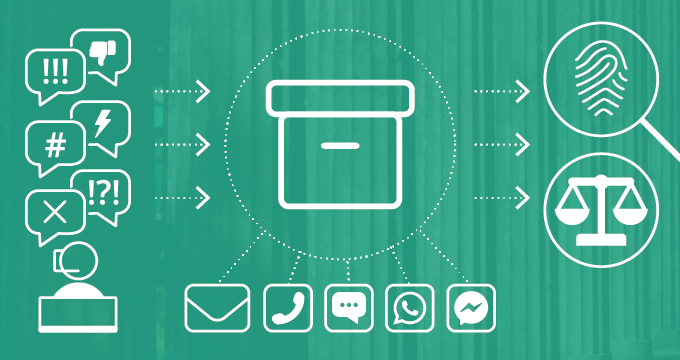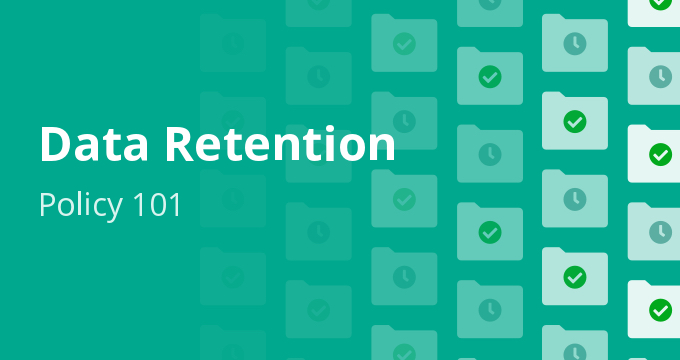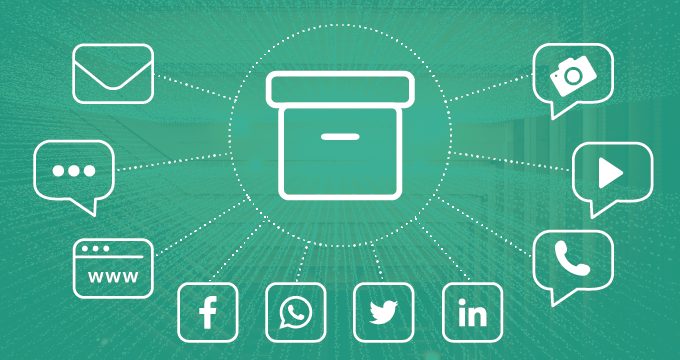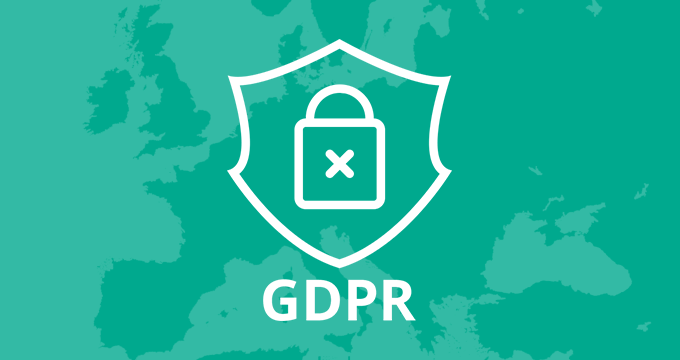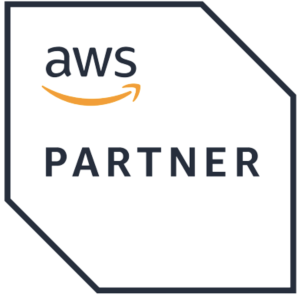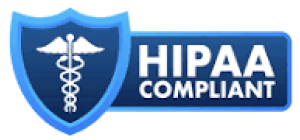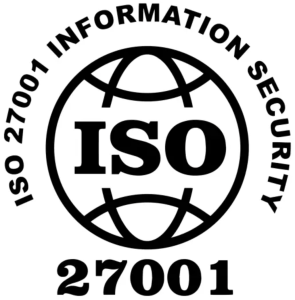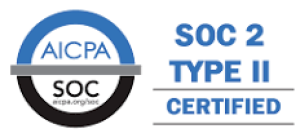Businesses generate and store massive amounts of data necessary for their daily operations.
But this valuable asset can become a significant liability if not properly managed, especially when it comes to controlling who has access to sensitive information. For example, the average total cost of a single data breach is almost $5 million.
However, not all breaches include random hackers randomly targeting organizations. According to research, 83% of data breaches involve internal actors, such as employees taking advantage of unnecessary access to sensitive information or accidental data exposure.
Proper data access governance (DAG) is essential to prevent these internal vulnerabilities and minimize the risk of costly breaches.
In this blog post, we’ll explain the following:
- What is data access governance
- Why is it important
- What are the key components of DAG
- What are some best practices for effective DAG
What Is Data Access Governance?
Data access governance refers to the processes, policies, and technologies an organization uses to manage access to its data. It ensures that the right users have access to the right data for the right reasons and under the right circumstances.
The primary goal is to prevent unauthorized access to sensitive information, maintain compliance with regulatory requirements, and protect against internal and external threats.
For IT and compliance leaders, DAG is a cornerstone of information security and data protection programs. It is especially critical in industries like healthcare, finance, and education, where strict regulatory standards like HIPAA, SOX, and FERPA dictate how data must be managed and accessed.
Why Is Data Access Governance So Important?
There are several reasons why a strong DAG strategy is essential, and they include
- Preventing data breaches. Mismanaged access rights can allow hackers or disgruntled employees to exploit vulnerabilities and expose confidential data.
- Compliance. Regulatory frameworks like GDPR, HIPAA, and CCPA require organizations to demonstrate control over data access. Failing to do so can result in substantial fines.
- Operational efficiency. Data access governance minimizes operational inefficiencies by streamlining workflows, reducing the risk of human error, and ensuring that users only access the data they need for their roles.
Organizations that implement effective DAG can mitigate security risks, ensure compliance, and foster better operational efficiency.
What Are the Key Components of Data Access Governance?
Implementing a data access governance strategy requires a combination of policies, people, and technologies. Below are the core components:
Access control policies
Access control policies define how access to data is granted, managed, and revoked. These policies typically follow two primary models:
- Role-based access control (RBAC). Users are assigned access based on their job roles. For example, a financial analyst would have access to financial records but not to HR files.
- Attribute-based access control (ABAC). Access is granted based on attributes such as location, department, and security clearance. ABAC provides a more granular level of control compared to RBAC.
Data classification
Classifying data based on its sensitivity is crucial. Sensitive data, such as personal identifiable information (PII), must have stricter access controls compared to less critical data. Data classification allows organizations to implement tiered security measures, focusing resources where they are needed most.
Common classifications include:
- Public — Information that can be openly shared.
- Internal — Data intended for internal use only.
- Confidential — Sensitive information such as PII, trade secrets, or financial data.
User access reviews
Periodic audits of user access rights ensure that users still require access to certain data based on their current role. Over time, employees may change departments or leave the organization, making continuous review of access rights essential to preventing unauthorized access.
Audit and monitoring
Auditing and monitoring user activity is critical for detecting unusual or unauthorized access patterns.
For instance, if an employee from the marketing department suddenly accesses financial records, the system should flag the anomaly and trigger an investigation.
Comprehensive logging systems can track data access and provide an audit trail for forensic investigations if necessary.
Identity governance and administration (IGA)
IGA tools help organizations manage user identities and their access to data.
These systems automate the process of granting, reviewing, and revoking access rights while also ensuring compliance with regulatory standards.
Challenges of Data Access Governance
While the benefits of a robust DAG framework are clear, there are several challenges that organizations may face:
Complex data environments
Many organizations manage multiple data environments, including on-premises servers, cloud storage, and third-party services. The complexity of managing access across these environments can make it difficult to maintain a centralized DAG policy.
Employee turnover
High employee turnover or role changes can create a situation where users retain access to systems or data they no longer need. Without a well-defined process for updating access rights, the organization can be exposed to insider threats.
Compliance maintenance
As regulations evolve, organizations must continuously update their DAG policies to remain compliant. Ensuring that data access is managed according to new laws, such as the General Data Protection Regulation (GDPR) or California Consumer Privacy Act (CCPA), is an ongoing challenge.
Scaling policies
Scaling access governance across a large organization, especially one that operates in multiple jurisdictions, presents its own set of difficulties. Access policies must be enforced uniformly while allowing for necessary local adjustments.
Best Practices for Effective Data Access Governance
A successful data access governance strategy requires thoughtful planning and execution. Here are several best practices:
1.Establish clear ownership and accountability
Every piece of data should have a designated owner responsible for determining access policies and ensuring compliance. This ownership should also extend to regular access reviews and audits.
2.Connect access rights to user roles
One of the most effective ways to manage access governance is by linking access rights directly to specific user roles.
This ensures that employees receive access permissions tailored to their duties, reducing the chance of unauthorized access to sensitive information. Role-based access control (RBAC) helps streamline the process of assigning and managing permissions, ensuring consistency and compliance.
3.Create a multi-layered access control system
A single layer of access control may not provide sufficient protection against sophisticated threats. Implementing a multi-layered access control system ensures a more secure data governance framework.
Here’s how to fortify your access control strategy:
- Firewalls. Firewalls act as the first line of defense by controlling incoming and outgoing network traffic based on predetermined security rules. They can block unauthorized access attempts and help segregate data based on sensitivity levels. Organizations should deploy firewalls to protect internal data systems from external attacks and restrict unnecessary internal access.
- Access control lists (ACLs). ACLs further refine access by specifying which users or devices can access particular data or systems. ACLs operate at both the network and application levels, defining which users, IP addresses, or devices can access a network segment, application, or file. For instance, a network ACL may prevent an external device from accessing an internal HR database, while a file system ACL may restrict certain employees from opening confidential documents.
- Two-factor authentication (2FA). Adding 2FA to critical access points provides an extra layer of security by requiring users to authenticate their identities using two different factors (e.g., a password and a code sent to a phone). Regulatory frameworks like HIPAA (Health Insurance Portability and Accountability Act), PCI-DSS (Payment Card Industry Data Security Standard), and GDPR (General Data Protection Regulation) often mandate or strongly recommend 2FA for systems handling sensitive data. For example, PCI-DSS requires multi-factor authentication for administrative access to the cardholder data environment.
4.Implement the Principle of Least Privilege (PoLP)
The PoLP principle mandates that users should only have access to the data necessary for them to perform their jobs. By restricting access in this way, organizations reduce the risk of both internal and external breaches.
5.Automate where possible
Automation can significantly reduce the burden of managing access rights. Identity management systems and access review tools can automatically adjust user privileges based on role changes, employee onboarding, or terminations, reducing the risk of human error.
6.Regular audits and reviews
Ongoing audits are essential for detecting and correcting access governance issues. Periodic reviews ensure that user permissions remain appropriate and compliant with organizational and regulatory policies.
7.Educate employees on access management
Human error remains one of the largest threats to data security.
Sometimes, the culprit behind a data leak isn’t a disgruntled employee who wanted to but rather an individual who unintentionally misconfigured access permissions, shared sensitive information with the wrong party, or failed to follow security protocols.
Providing employees with training on the importance of data governance and how to responsibly manage access can reduce accidental security breaches or data loss.
How Jatheon Can Help with Data Access Governance
Implementing a comprehensive data access governance framework requires robust tools that can manage access control, monitor user activity, and ensure regulatory compliance.
Jatheon offers an enterprise-grade data archiving solution that plays a key role in supporting an organization’s data access governance strategy. It’s tailored to meet the specific compliance needs of various industries.
With features designed to ensure adherence to regulations like HIPAA for healthcare, SOX for financial services, FINRA, GDPR, and FERPA for education, Jatheon helps organizations securely store, manage, and retrieve sensitive data while maintaining strict access controls and detailed audit trails.
Thanks to granular role-based access management, administrators can control who can view or modify archived data based on job functions, which is in line with the principle of least privilege. The platform also enables data classification and retention policies, ensuring that sensitive information is securely retained and only accessible for the necessary period, minimizing the risk of unnecessary exposure.
The Summary of the Main Points
- Data access governance is a framework for regulating who has access to data, ensuring only authorized users can manage sensitive information.
- Having a well-structured DAG strategy will help you protect your sensitive data from threats and breaches, stay compliant with relevant industry standards, and streamline operational efficiency.
- Key components of DAG are access control policies, proper data classification, user access reviews, audit, and monitoring.
- To protect your data from unauthorized access, you need to implement DAG best practices such as connecting access rights to user roles, creating a multi-layered access control system, including the principle of least privilege, performing regular audits, and educating employees about access management.
Keep your sensitive data safe with Jatheon’s advanced archiving solutions that provide robust access controls, compliance support, and detailed audit trails. Book a personalized demo today.
FAQ
What’s the difference between data governance and data access governance?
Data governance is a broad framework that encompasses policies and practices to ensure the quality, security, and management of an organization’s data across its entire lifecycle. In contrast, data access governance (DAG) is a more specific subset focused on controlling and monitoring who can access data, under what conditions, and ensuring that sensitive information is only available to authorized users. While data governance addresses overall data management, DAG zeroes in on enforcing access controls to protect against unauthorized access.
How often should user access be reviewed?
User access should be reviewed periodically, typically quarterly or bi-annually, to ensure that all access rights align with current roles and responsibilities.
What is the difference between RBAC and ABAC?
RBAC assigns access based on a user’s role within the organization, while ABAC uses a combination of attributes, such as department, location, or security clearance, to determine access.
Read Next:Why Information Governance Is the Key to Effective Email Management |
